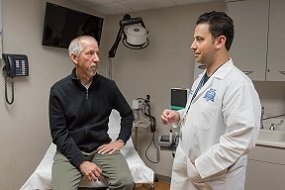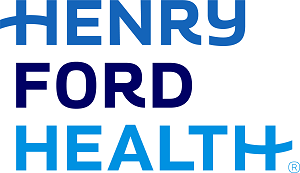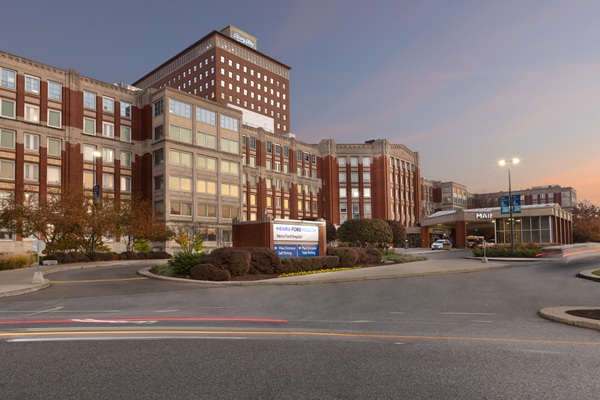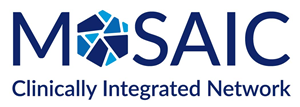A Chance Encounter and a Gratifying, Healthy Outcome

DETRO IT – A “chance encounter” with a Henry Ford Hospital doctor yielded such a gratifying outcome that it marvels Stephen Smith even to this day.
Smith is four months removed from having prostate artery embolization (PAE), an emerging treatment in the past couple years for patients with an enlarged prostate and the painful symptoms it brings. “I’m back to normal and this has been far beyond what I expected,” Smith says. “It’s kind of amazing.”
Smith, 59, an Okemos resident who is married with four children and three grandchildren, credits Scott Schwartz, M.D., a Henry Ford interventional radiologist with whom he entrusted his care after a hopeful appointment in the fall of 2018.
Acting on what amounted to a blind referral from his urologist who was relocating and his own online reconnaissance – narrowing his options to “Henry Ford and Harvard,” Smith and his wife Stacey met with Dr. Schwartz and “left feeling optimistic.” The procedure was scheduled a couple weeks later.
An enlarged prostate is a common occurrence for men as they get older, Dr. Schwartz says. In medical terms, it’s called benign prostatic hyperplasia, or BPH. It’s not a cancer condition, Dr. Schwartz says.
As the prostate gets bigger, it may constrict or partially block the urethra, blocking the flow of urine out of the bladder. And as Smith experienced, difficulty urinating can be quite painful.
Smith landed in the emergency department in St. John last summer after he was overcome with excruciating pain while volunteering at a cycling event. He had more than 700 millimeters of urine drained from his bladder before leaving the hospital with a catheter.
“I was in so much pain, I couldn’t do anything for myself,” he says, recalling the events of that day.
A surgical procedure called transurethral resection of the prostate, or TURP, is long considered the gold standard for treating BPH. But the minimally invasive prostatic artery embolization has become a viable alternative, says Dr. Schwartz.
“PAE has shown to be a safe and effective treatment option for patients with an enlarged prostate, without the adverse side effects associated with surgery,” says Dr. Schwartz, the first in Michigan to perform PAE and to date, the most experienced, having performed at least 60 procedures.
PAE is performed through a small incision in the thigh or wrist. After a catheter is threaded into the arteries leading to the prostate, a series of tiny beads made of embolic material are injected into the arteries to essentially shrink the prostate. Embolic material is also used to treat uterine fibroids.
Dr. Schwartz says the procedure is performed under local anesthesia and mild sedation and lasts about one to four hours. Patients are discharged from the hospital the same day or after an overnight stay. The treatment is covered by most insurances.
When Smith was told of the two treatment options during that initial appointment with Dr. Schwartz – PAE or TURP – the decision was a “no brainer.”
“I feel really lucky,” says Smith, reporting happily that his urinary function is normal. “I feel blessed that we stumbled upon this.”
###
MEDIA CONTACT: David Olejarz / David.Olejarz@hfhs.org / 313.874.4094
.svg?iar=0&hash=F6049510E33E4E6D8196C26CCC0A64A4)

/hfh-logo-main--white.svg?iar=0&hash=ED491CBFADFB7670FAE94559C98D7798)





